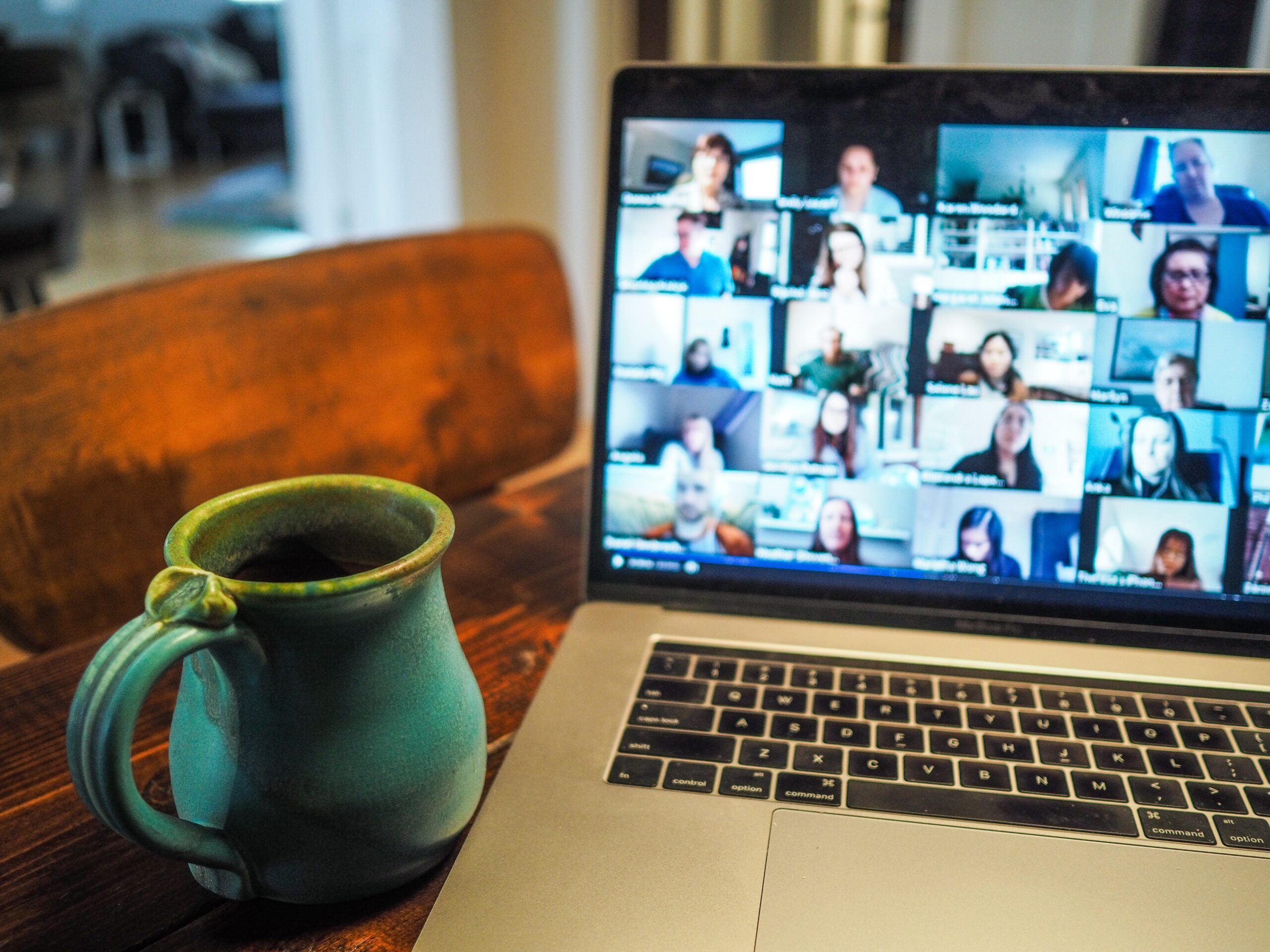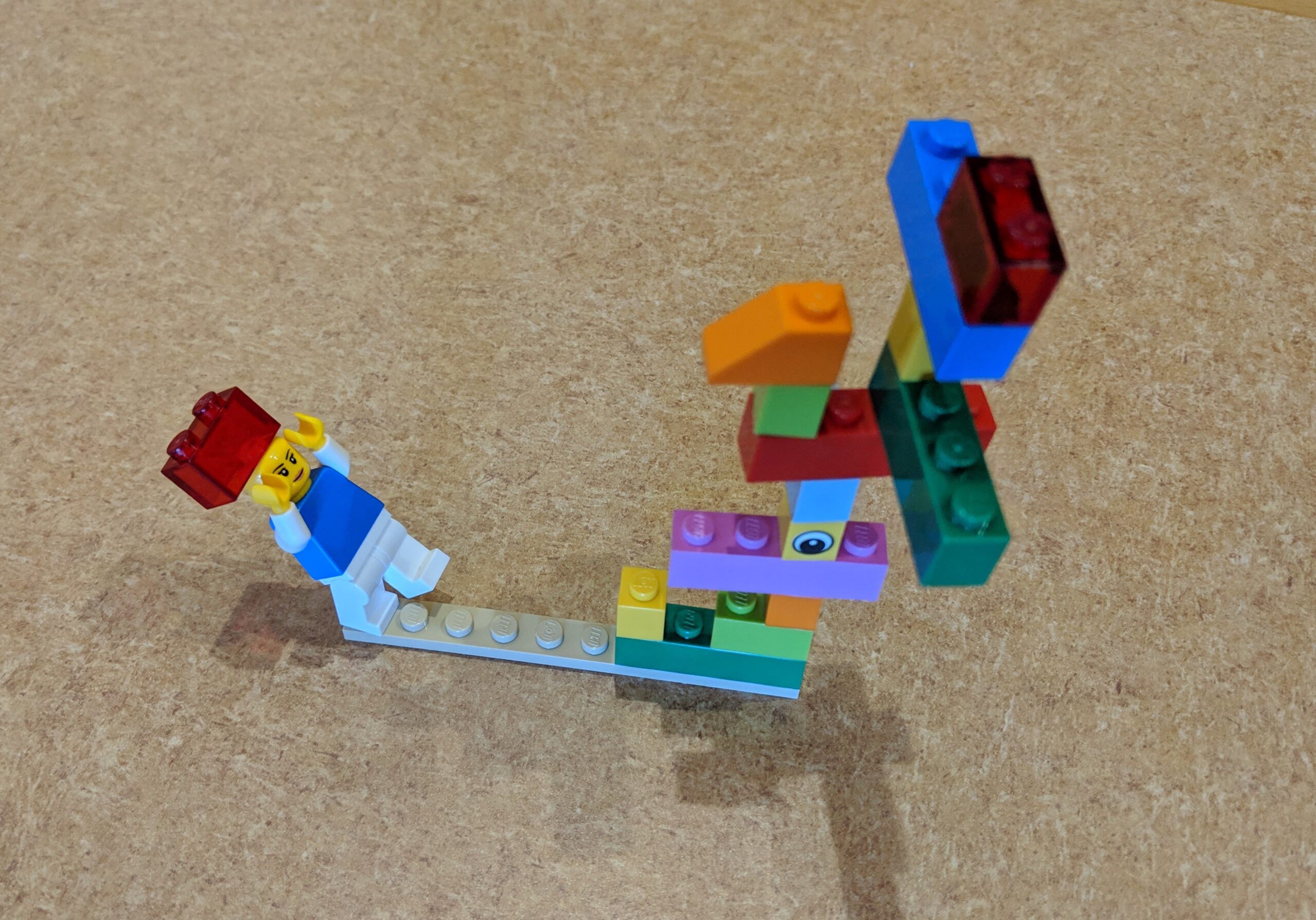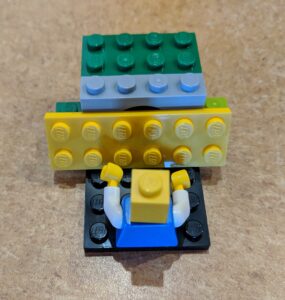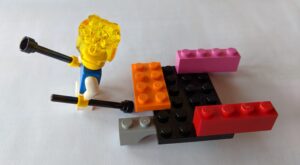Last year’s disruption by COVID-19 led to copious content on its impact on the workplace discussing how leaders could navigate, cope, innovate, sustain and/or continue to grow in anxious and uncertain times.
As an advocate for a positive and engaged organizational culture, I was fascinated with the discussions and resulting responses to the pandemic. And I’m excited that aspects of the workplace have actually changed for the better. Here are some of my favorite quotes that reflect these changes.
Collaboration
“While no organization has the exact answer yet (that we know of), many are seeing the office of the future as a meeting place for collaboration, connection, and innovation and much less as a heads-down cubical farm for individual work.” Aaron De Smet, Laura Tegelber, Rob Theunissen, and Tiffany Vogel, Overcoming pandemic fatigue: How to reenergize organizations for the long run
“If there’s a silver lining to crisis, it’s that it shakes up structure … Many teams have seen people across functions step up and speak up with effective results — and now that they’ve found their voices, taking them away would be both difficult and wrong. Leaders and teams alike need to learn a new style of collaborative decision making.” Lolly Daskal, How to Prepare Your People for the New Normal
Employee wellness
“This crisis has presented a once-in-a-lifetime opportunity to reinvent the workplace. Things that might once have seemed impossible have proved surprisingly workable … Focusing on well-being and social connectivity will serve [an] important purpose: helping employees to recover faster from what, for so many people, has been a traumatic, painful, and stressful period. And that is not only good for business—it is good for people.” Adriana Dahik, Deborah Lovich, Caroline Kreafle, Allison Bailey, Julie Kilmann, Derek Kennedy, Prateek Roongta, Felix Schuler, Leo Tomlin, and John Wenstrup, What 12,000 Employees Have to Say About the Future of Remote Work
“In unprecedented, rapidly changing situations, play is a critical capability. As well as providing much-needed stress relief – how many of us are currently working from dawn to dusk? – play can end up being counterintuitively, very productive. We can make interesting, new connections between ideas when we allow ourselves to loosen up from our regular goal-driven, laser-focused, instrumental approach.” Martin Reeves and Jack Fuller, We Need Imagination Now More than Ever
Leadership
“This is a time for leaders to try to invoke or provoke a degree of reflection, spending the time to talk about a shared sense of purpose and core values while also spending the time to emotionally check in. In fact, it will have the dual benefit of helping people move past the present suffering and begin to envision and create their new future together.” Richard Boyatzis interviewed in Psychological safety, emotional intelligence, and leadership in a time of flux
Better Workplace Culture
“… companies are waking up to the need for greater empathy and compassion to create a workplace that can unleash the full potential of their people even beyond the crisis … introducing new, more human-centered principles that truly put talent and people at the heart of organizational success. [These principles] all have one thing in common: a vision of successful organizations that are intensely human, nurturing the very best elements of emotion, creativity, human connection, and empathy and inspiring emergent leadership at every level.” Aaron De Smet, Laura Tegelber, Rob Theunissen, and Tiffany Vogel, Overcoming pandemic fatigue: How to reenergize organizations for the long run



 Ready to move forward
Ready to move forward







